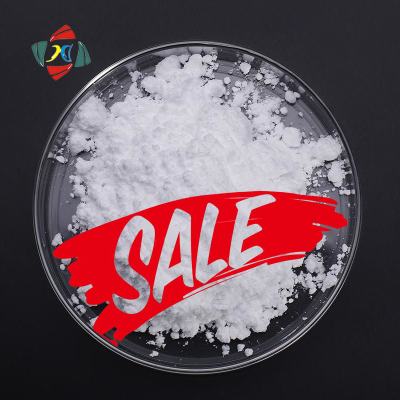-
Categories
-
Pharmaceutical Intermediates
-
Active Pharmaceutical Ingredients
-
Food Additives
- Industrial Coatings
- Agrochemicals
- Dyes and Pigments
- Surfactant
- Flavors and Fragrances
- Chemical Reagents
- Catalyst and Auxiliary
- Natural Products
- Inorganic Chemistry
-
Organic Chemistry
-
Biochemical Engineering
- Analytical Chemistry
- Cosmetic Ingredient
-
Pharmaceutical Intermediates
Promotion
ECHEMI Mall
Wholesale
Weekly Price
Exhibition
News
-
Trade Service
Introduction:
Idebenone is a widely used chemical in the pharmaceutical, personal care, and cosmetic industries.
It is known for its antioxidant and skin-rejuvenating properties and is often used in anti-aging products.
In the chemical industry, idebenone is used as a starting material in the production of various chemicals, including bisabolanes and other benzisoselenazolines.
Chemical Properties:
Idebenone is a white or yellowish solid with a melting point of 127-130°C.
It is soluble in water and organic solvents such as ethanol and acetone.
Idebenone is a versatile chemical that can undergo a variety of reactions to form different compounds.
It can be converted into bisabolanes and other benzisoselenazolines through a series of chemical reactions.
Applications:
Idebenone is used in a variety of applications in the pharmaceutical, personal care, and cosmetic industries.
It is often used in anti-aging products due to its antioxidant properties, which can help to reduce the appearance of fine lines and wrinkles.
It is also used in hair care products to improve scalp health and in soaps and detergents for its mild cleansing properties.
One of the most common applications of idebenone is in the production of bisabolanes and other benzisoselenazolines.
These compounds have a wide range of applications in the pharmaceutical, personal care, and cosmetic industries.
They are often used in anti-inflammatory and pain-relieving medications and in skincare products to improve skin health and reduce the appearance of fine lines and wrinkles.
Manufacturing Process:
Idebenone is typically manufactured through a multi-step process that involves several chemical reactions.
The process typically starts with the reaction of selenium and tellurium with a halogen, such as chlorine or bromine.
This reaction forms the basis of the synthesis of idebenone and other benzisoselenazolines.
The next step in the manufacturing process is the reaction of the idebenone precursor with a metal catalyst, such as copper or zinc.
This reaction converts the idebenone precursor into the final product, idebenone.
The idebenone can then be purified and dried, and can be further converted into bisabolanes and other benzisoselenazolines through a series of chemical reactions.
Safety and Regulations:
Idebenone is generally considered safe when used in accordance with the recommended concentrations.
However, long-term exposure to high concentrations of idebenone has been shown to have negative effects on the liver and kidneys.
It is important for manufacturers to follow proper safety protocols and regulations when handling idebenone and its derivatives.
In terms of regulations, idebenone is classified as a prescription drug in Japan and is considered a new drug in China.
In the United States, it is classified as a dietary supplement and is regulated by the Food and Drug Administration (FDA) as a food ingredient.
It is important for manufacturers to be aware of the regulations in the countries where their products will be sold and to ensure that they comply with all relevant laws and regulations.
Conclusion:
Idebenone is a versatile chemical with a wide range of applications in the pharmaceutical, personal care, and cosmetic industries.
It is widely used in anti-aging products and can be converted into a variety of other chemicals, including bisabolanes and other benzisoselenazolines.
The manufacturing process for idebenone involves several chemical reactions and requires the use of specialized equipment and techniques.
It is important for manufacturers to follow proper safety protocols and regulations when handling idebenone and its derivatives, and to ensure that they comply with all relevant laws and regulations in







